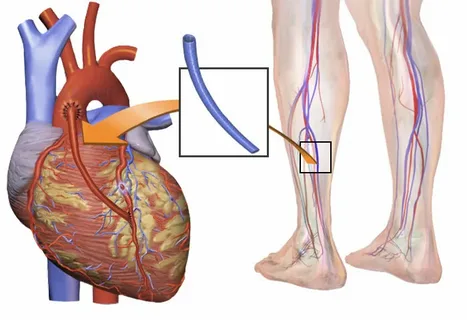
Aortic Valve Replacement Surgery in Bangalore has been revolutionised by Dr. Sudarshan GT's expertise in minimally invasive cardiac surgery (MICS). As one of Bangalore's best heart valve replacement surgeons, Dr. Sudarshan performs advanced aortic valve procedures through small keyhole incisions, offering superior outcomes with faster recovery times.
The aortic valve controls blood flow from the heart's main pumping chamber (left ventricle) to the body's main artery (aorta). When this crucial valve becomes diseased, minimally invasive aortic valve replacement offers the most advanced treatment option available in Bangalore.

The aortic valve may require replacement when it becomes:
If you experience these symptoms, you may need aortic valve replacement surgery:
Minimally invasive aortic valve replacement performed by Dr. Sudarshan offers significant advantages over traditional open-heart surgery:
| Aspect | Traditional Surgery | MICS Approach |
|---|---|---|
| Incision Size | 20-25 cm breastbone cut | 4-6 cm right chest incision |
| Bone Cutting | Breastbone split required | TNo bone cutting needed |
| Recovery Time | 8-12 weeks | 3-4 weeks |
| Hospital Stay | 7-10 days | 3-5 days |
| Pain Level | Significant | Minimal |
| Scarring | Large visible scar | Small hidden scar |
| Blood Transfusion | Often required | Rarely needed |
Dr. Sudarshan will help you choose between different valve types based on your age, lifestyle, and medical condition:
Made from treated animal tissue (porcine or bovine)
Durable artificial valves made from carbon and titanium
The patient's own pulmonary valve is used to replace the aortic valve




70-year-old lady with severe aortic stenosis and grade 3 osteoporosis
High-risk candidate due to fragile bones, needed surgery, but the traditional approach was too risky
28-year-old engineer with bicuspid aortic valve stenosis
Young patient needing valve replacement, concerned about scarring and recovery time
Minimally invasive mechanical valve replacement through a small chest incision
82-year-old with severe aortic stenosis and multiple comorbidities
Traditional surgery is considered too high-risk by other surgeons
Don't let aortic valve disease limit your life. Dr. Sudarshan GT, Bangalore's leading aortic valve specialist, is ready to provide you with the most advanced minimally invasive treatment available.
For acute aortic valve emergencies, Dr. Sudarshan provides 24/7 emergency surgery services at Fortis Hospital.